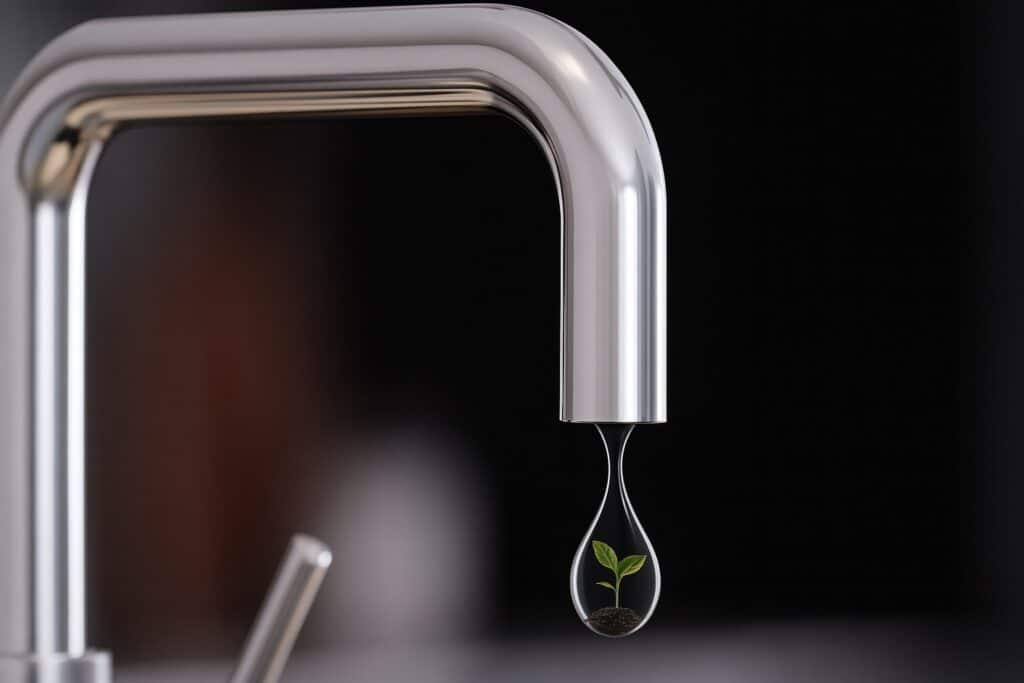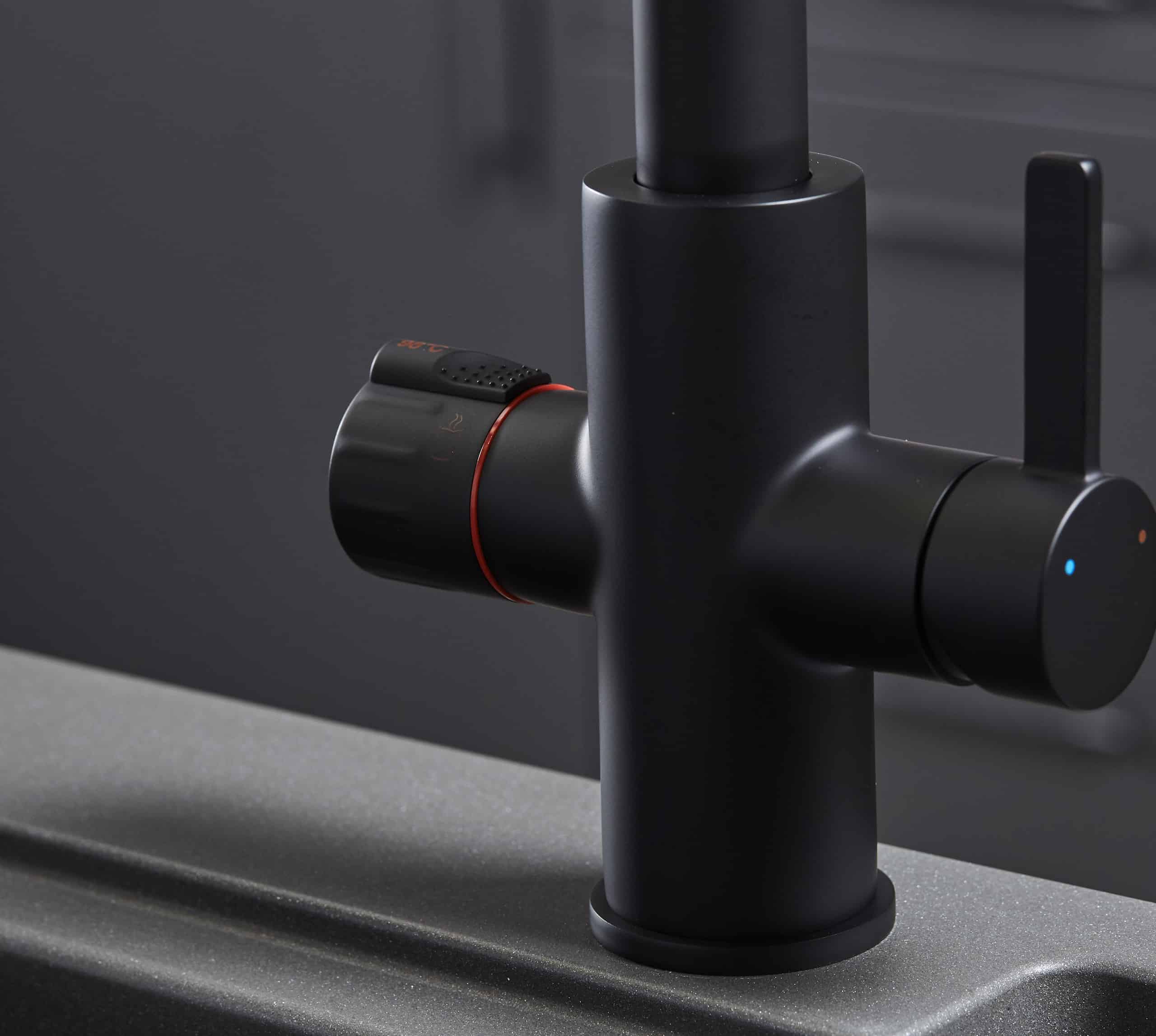Kitchen Habits for a Greener Kitchen

Ever stood in your kitchen, listening to the kettle rumble for the umpteenth time, and wondered if you could be saving energy, and a bit of sanity while you wait? For anyone trying to run a smarter, greener home, the question looms large: which is truly better for the planet, a traditional kettle or the new wave of energy-saving kitchen taps that serve boiling water on demand?
This isn’t just a debate for techies and kitchen trend-setters. If you care about your bills, want a less cluttered worksurface, or are simply tired of overfilling the kettle out of habit, this post is for you. Let’s put the classic kettle and the eco-friendly boiling water tap head-to-head, looking at carbon footprint, water waste, and what’s actually easier for real-life households.
Why the Old Kettle Routine Might Be Costing You
We all know the drill. You fill the kettle (maybe just a little too much, “just in case”). You wait. It boils with a noisy flourish. You pour, then go back an hour later to boil what's left all over again. Multiply that by a busy family's tea rounds or a home-worker's instant noodle habit and you begin to paint a picture of a city’s worth of energy being wasted every year. See our comparison for a more in depth look.
The truth is, for all their nostalgic charm, kettles are secretly inefficient. They use high amounts of energy (typically 2–3 kilowatts per boil), invite overfilling, and lose heat quickly, meaning repeated boil cycles and a lot of lost time. And when you’re watching your energy bill creep steadily upwards, those little inefficiencies suddenly feel a lot more urgent.
A Smarter Way to Boil: The Rise of the Energy-Saving Kitchen Tap
Here’s where the humble boiling water tap upends expectations. No more waiting for a kettle, no more guesswork about how much water to boil, it’s instant, precise, and, crucially, a lot more energy efficient. Where kettles blast water with a surging 2–3 kilowatts each use, a quality boiling tap sips away at just 10 watts to keep its insulated tank ready at 98°C, meaning hot water is always on hand, but your energy use stays comfortably low. Explore our range and experience the benefits first hand.
But let’s get practical. These eco-friendly boiling water taps don’t just trim your carbon footprint; they free up countertop space, encourage better hygiene (goodbye, bacteria-laden kettle handles), and even cut down on water waste because you only draw exactly what you need. It’s a real-world win-win.
How to Make Your Kitchen Greener in Four Practical Steps
1. Stop Overboiling—Boil Only What You Actually Need
Kettles almost invite you to fill them to the top. Most of us do it “just in case.” Result: wasted energy with every unnecessary boil. Energy-saving kitchen taps, on the other hand, dispense only the amount you choose—whether that’s a mugful for tea or a panful for pasta. Less waste, fewer guilt trips.
2. Cut Standby Energy Use Without Sacrificing Speed
The surprise? Keeping a tank of water hot under the sink isn’t an energy drain. Thanks to insulation tech, systems like the Quantum eco-friendly boiling water tap use just 10 watts to maintain temperature—vastly beating the wasteful burst of each kettle boil. Forget the myth that instant always equals “energy-hungry gadgetry.”

3. Reduce Water Waste at Source
No more boiling half a litre for one solitary cuppa. The smart tap model eliminates that margin for error. Plus, some taps also offer chilled, filtered water—helpful for dodging bottled-water habit (and all the plastic guilt that comes with it).
4. Upgrade for Convenience and Better Hygiene
Running boiling water over a mucky chopping board or blitzing a bottle steriliser is suddenly a one-hand job. You save time, you clean better, and you cut reliance on worktop-cluttering appliances. Good design makes everyday jobs less of a faff—that’s sustainability you can actually feel.
But Isn’t a Boiling Water Tap Harder to Install or More Expensive?
You’re not wrong: the upfront cost and installation do require more outlay than a €15 supermarket kettle. And yes, a bit of plumbing know-how (usually via a friendly local pro) is needed to get things set up. But over time, lower running costs and less wasted water add up. Think of it like a kitchen refit that pays you back, rather than one more gadget gathering dust.
Worried about leaving a tap on all day? Insulated systems are designed for precisely this use; turning them off actually uses more energy, thanks to higher reheating needs. As for safety, features like child locks and insulated spouts make boiling water taps at least as safe—if not safer—than a kettle perched on a crowded worktop.
Your Greener Kitchen Starts with Smarter Everyday Habits
- Only heat what you use. Whether you opt for a classic kettle or invest in an eco-friendly boiling water tap, try to break the overfilling habit.
- Choose tools that fit your real life. From boiling-tap convenience to removing another tangled appliance cord from your cleaning routine, simplicity helps sustainability stick.
- Consider an upgrade when it makes sense. If boiling water is a daily event in your house, the case for a boiling water tap gets even stronger: you’ll save energy, time, and mess, all while helping out the planet.
If you’re ready to seriously reduce kitchen energy use, clear the decks (and the counters), and find out why so many people now wonder how they managed before, take a closer look at the new generation of energy-efficient boiling taps and explore our range. Or get in touch with our expert team to see how your home could benefit from a boiling water tap. Sometimes, the most sustainable option is also the most beautifully straightforward one.
